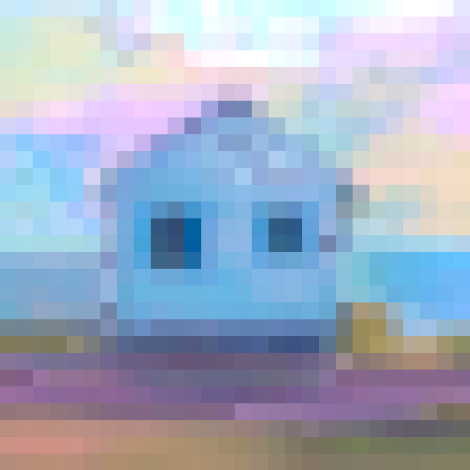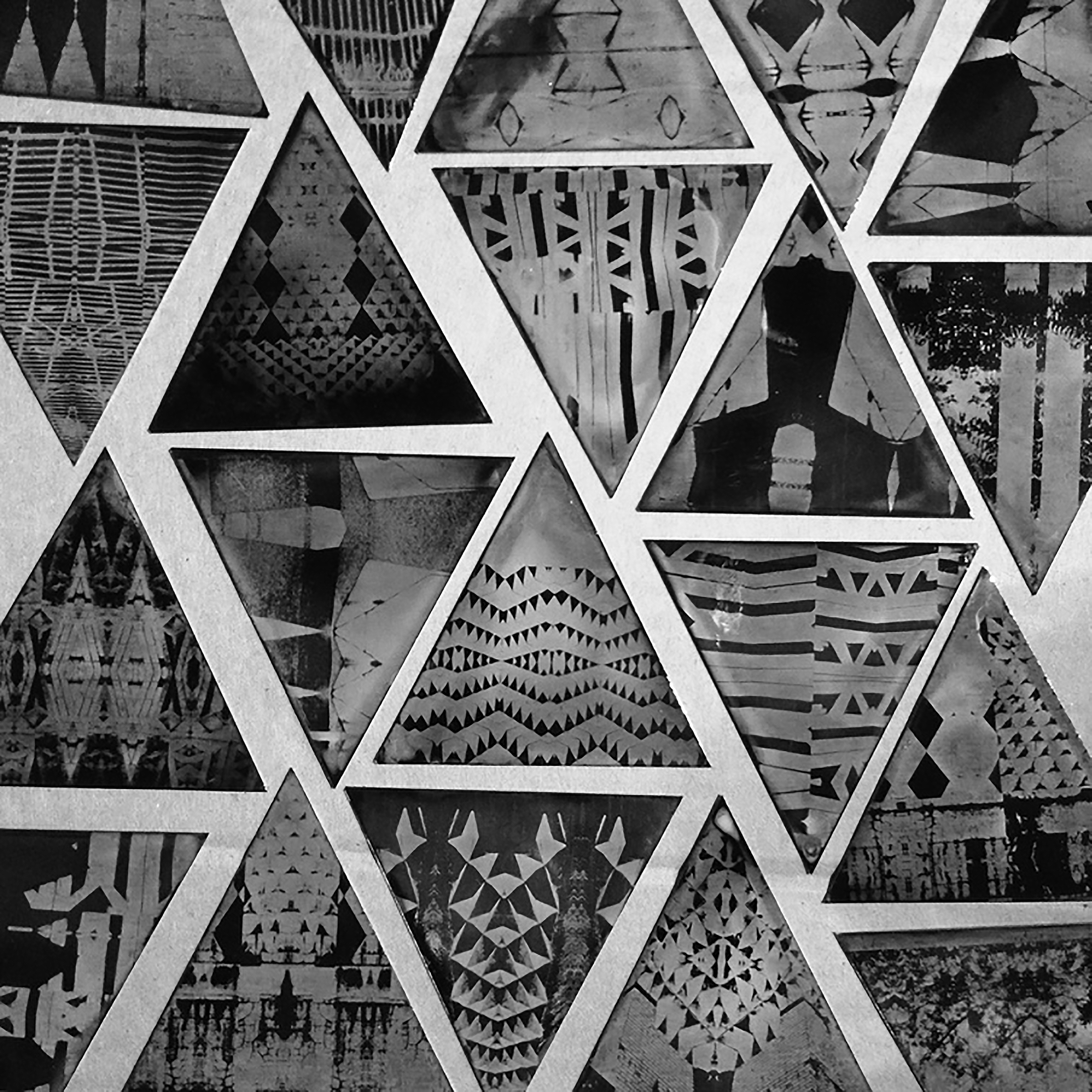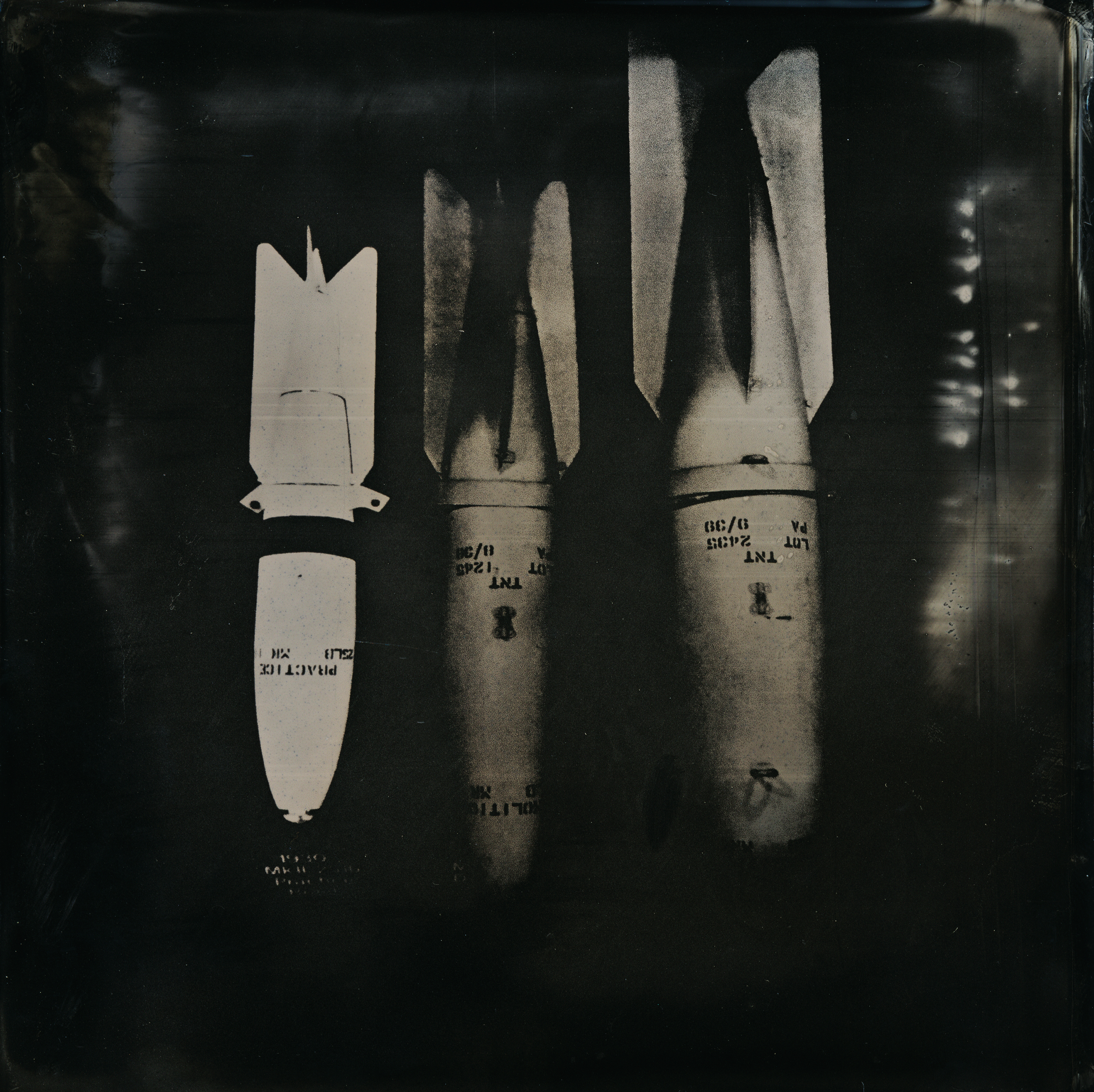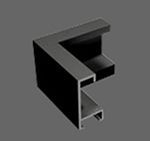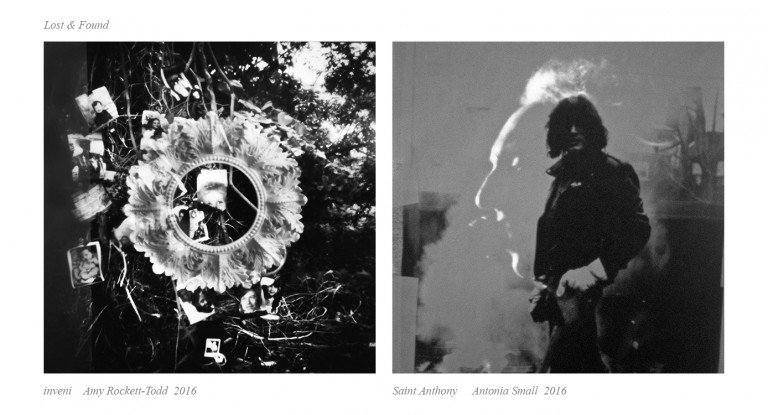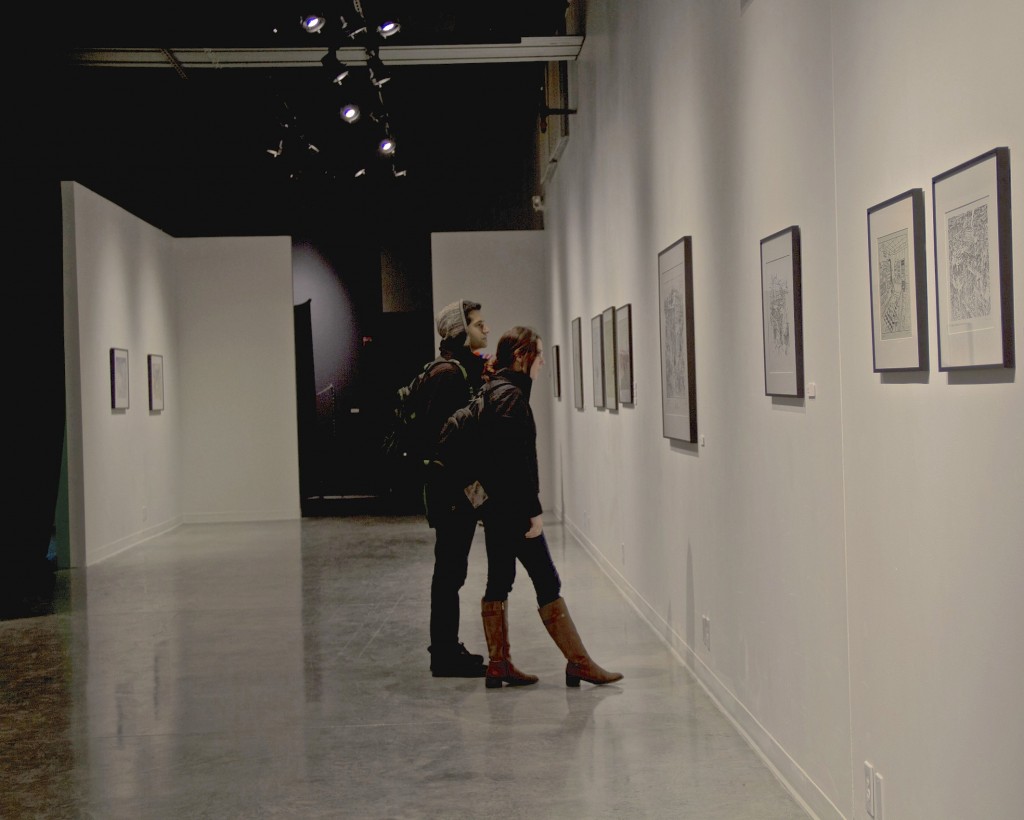 This fall we had the pleasure of working with Graphicstudio on a new project for Allan McCollum. We had worked with Graphicstudio on a previous project for the artist. After that initial series, a commissioned version of the work entitled “One Thousand Women” was recently installed in the Chanel store in London. The Chanel installation features the most popular 1000 women’s names according to the US census. The project has a global aspect. The artist, Allan McCollum, lives and works in New York City. Metropolitan Picture Framing is located in Minneapolis. Graphicstudio is located in Tampa. The first series was shown at La Salle De Bain in Lyon and at the Thomas Schulte Gallery in Berlin. Because of the German exhibit, the artist was commissioned to create a project for the Chanel store in London.
This fall we had the pleasure of working with Graphicstudio on a new project for Allan McCollum. We had worked with Graphicstudio on a previous project for the artist. After that initial series, a commissioned version of the work entitled “One Thousand Women” was recently installed in the Chanel store in London. The Chanel installation features the most popular 1000 women’s names according to the US census. The project has a global aspect. The artist, Allan McCollum, lives and works in New York City. Metropolitan Picture Framing is located in Minneapolis. Graphicstudio is located in Tampa. The first series was shown at La Salle De Bain in Lyon and at the Thomas Schulte Gallery in Berlin. Because of the German exhibit, the artist was commissioned to create a project for the Chanel store in London.
We wanted to find out more about how the project came into being and how artists work with Graphicstudio as well as the framing and installation challenges of this commission.
_____________________________________________________________________________________________
Kristin DuFrain, Curator and Registrar, Kristin Soderqvist, Director of Sales and Marketing, Jennifer Andrews, Internet Marketing, and Matt Squiers, Production Assistant of Graphicstudio contributed to the interview below.
Karen Desnick, metroframe
I know that Graphicstudio is a university-based atelier that works directly with artists engaged in the production of limited edition prints using traditional and new techniques. Can you tell me how the collaboration with artists begin and how their work is marketed?
Artists are invited to work at the studios by invitation from our Director, Margaret Miller. Artists are selected based on our current curatorial interests and programming at the Institute for Research in Art (Graphicstudio, USF Contemporary Art Museum and the Public Art Program). Once an agreement is reached and a contract is signed, we market the editions to collectors, corporate collections, museums, art consultants and other galleries. We participate in art fairs targeted to works on paper and editions. We also work closely with galleries that are the main representative of the artist. We sell work nationally and internationally. We also have a strong e-marketing campaign using Facebook, Twitter, YouTube and a blog.
Note: O one hundred leading international contemporary artists have created more than 600 limited edition fine art works at Graphicstudio, in intaglio, photogravure, lithography, cyanotype, relief, serigraphy, sculpture, artist books, and in the Graphicstudio invented techniques of waxtype (encaustic screenprinting), and heliorelief (a photographic woodblock process). Click to see a list of graphicstudio artists.
Karen Desnick, metroframe
Can you tell us us more about Allan McCullom’s relationship with Graphicstudio? I know that his work with Graphicstudio was selected to be in the collection of The National Gallery of Art.
Kristin DuFrain and Allan McCollum
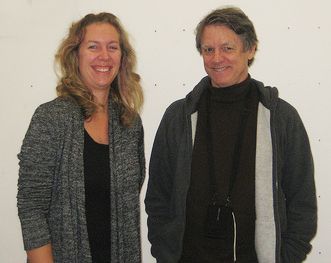 |
In 2004 Allan’s first project with us was “Each and Every One of You” which consisted of 1200 Digital inkjet prints (600 male and 600 female names listed as the most common names for each gender according to the 1990 US Census Bureau) .
He researched the U.S. Census Bureau’s most recent compilation of common names used in the U.S., and produced 3 portfolios of 1200 prints. Each portfolio is ordered according to popularity into two handmade walnut boxes. The paper size was 4″ x 6″ and the framed pieces were matted to 8″ x 10″. It was made in an Edition of 3. “Each and Every One of You” was first exhibited at the Barbara Krakow Gallery in Boston, Massachusetts.

We have continued working with Allan through the years to create sculptural shapes and most recently the project “One Thousand Women” for Chanel.
Karen Desnick, metroframe
I know that the Chanel project was a commission. Can you discuss how that happened.
“Each and Everyone of You” was on display at Thomas Schulte Gallery in Berlin, Germany. Someone working on the new Chanel store in London saw the project and approached us and the artist about doing a site specific commission for the space of just female names.
Karen Desnick, metroframe
How was the work produced? How many people were involved?
The prints are Digital inkjet prints hand cut and framed at Graphicstudio. The digital process for the project was: 1000 individual names were created as Adobe® Photoshop files using a Helvetica® black condensed font as white text in a black inked field. Each name was centered and scaled to fit within a specified space of 1/4″ inside the black inked field. A Gaussian blur filter of 1.0 was applied to each name. The names were printed with Epson Ultra Chrome TM using matte black Ink on the EPSON Stylus Pro 7900. For the original project back in 2004 we had a crew of about 15 staff and students working on it at different times. For the Chanel project we had 3 – 4 people working on it.
Karen Desnick, metroframe
Framing, crating, shipping is challenging for 1000 pictures. Can you talk about the logistics of getting it done.
On both projects we had to create a kind of factory assembly line. We created templates to cut pieces we needed, we set out all of the frame parts, we put them together, and then cleaned the frames and wrapped them in ethafoam. Each frame has a label on the back with the project information and also its popularity. We then made custom boxes and packed the work in plastic wrapped stacks in popularity order. When the artwork arrives to the site for installation it needs to be easy to open and hung in the correct order. We sent the work in a custom built crate via an art handler to London.
Karen Desnick, metroframe
Installing 1000 pictures just over an inch apart with security hangers so they hang straight and are sorted by name popularity has to be challenging. Matt, can you explain the process and how long it took?

I had experience installing Allan McCollum’s work because I worked on the installation at the Thomas Schulte Gallery in Berlin, which represents the artist. Two of their preparators met me in London to help with the installation. The first thing I did was to make an Adobe® lllustrator computer file exactly to scale. I then put the measurements for the security hanger holes into the file. I printed it out on a laser printer which maintains the scale perfectly. I taped 10 of these printouts together and took a piece of clear acetate and laid it on top of the printouts. I punched a thumb tack through the acetate where the holes for the security hangers were suppose to be. I made three of those and taped them to the wall. I used a nail to punch the holes in the wall. I used a contractor grade DeWalt laser level to dictate where the acetate was being placed on the wall. Because there was a banister that went all the way up the wall, it was necessary to start from there and work upwards. We put all of the security hangers up first and then attached the frames. One of the most difficult aspects was the small amount of space between the frames (3 cm or approximately 1.18″). We had to bend the security hanger tool to be able to get between the frames to attach them to the hanger. The project was also complicated because they were still doing construction in the rest of the store. We worked on the project off and on for about a week.
Karen Desnick, metroframe
For those of you who are wondering, Mary is the most popular girl’s name and James is the most popular boy’s name.
Links
Allan McCollum
Graphicstudio

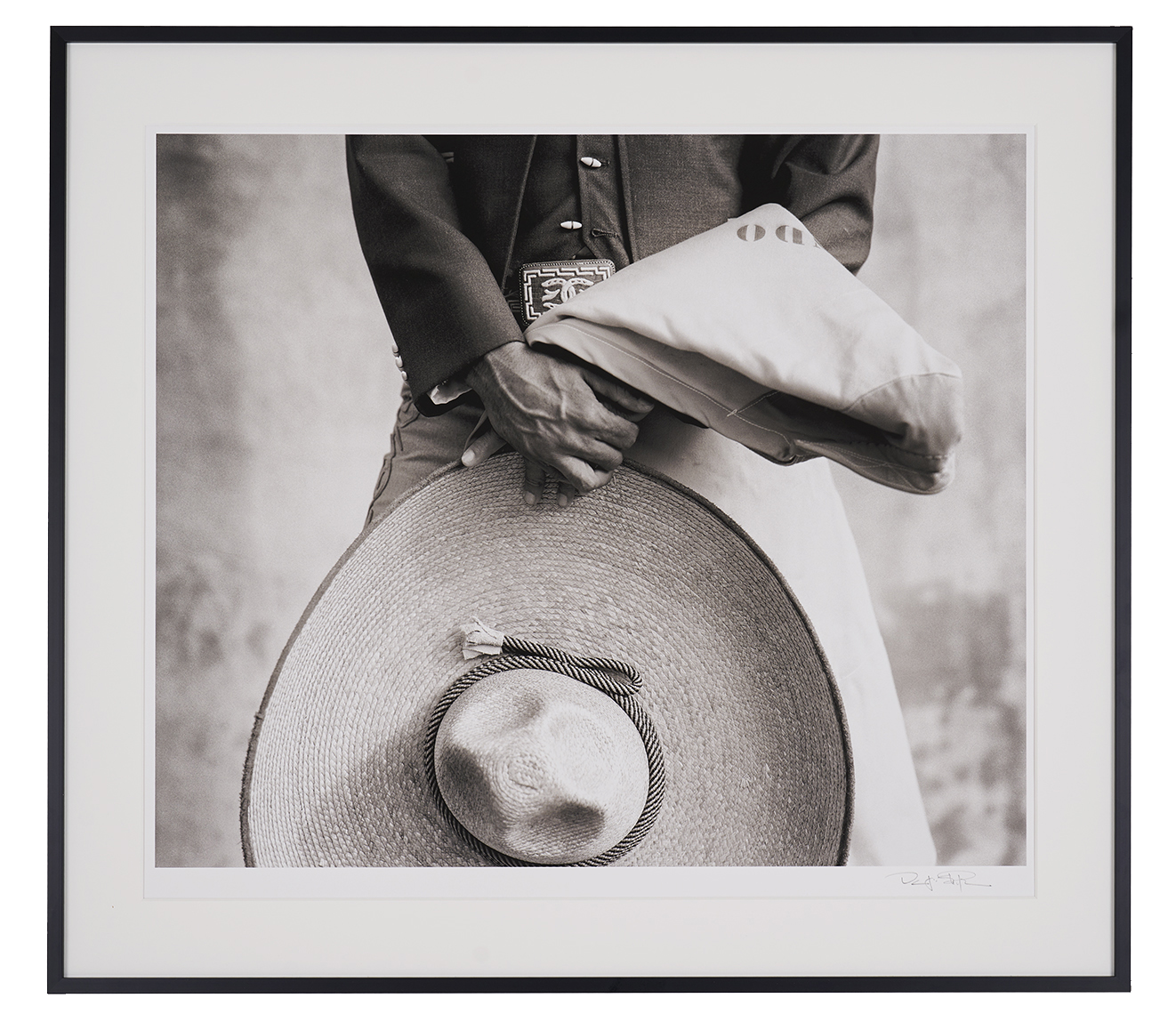


![]()
 Born and raised in the hard working steel country of Western Pennsylvania, his father at an early age introduced Dave to the camera and magic of the darkroom.
Born and raised in the hard working steel country of Western Pennsylvania, his father at an early age introduced Dave to the camera and magic of the darkroom.



